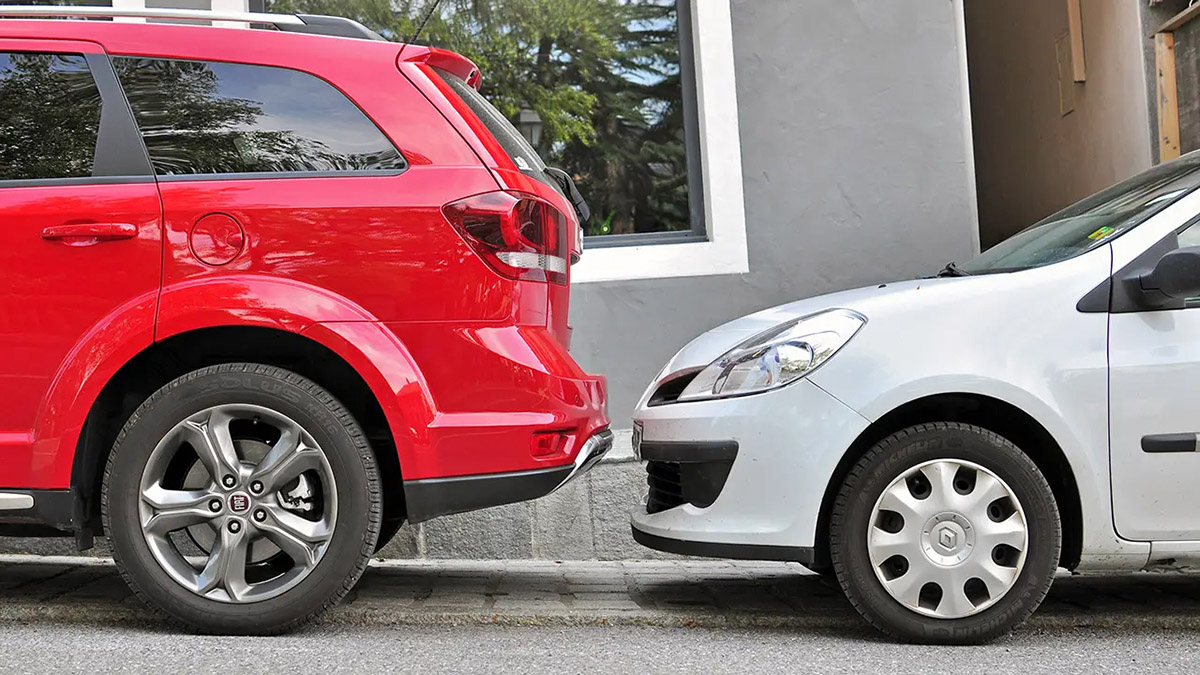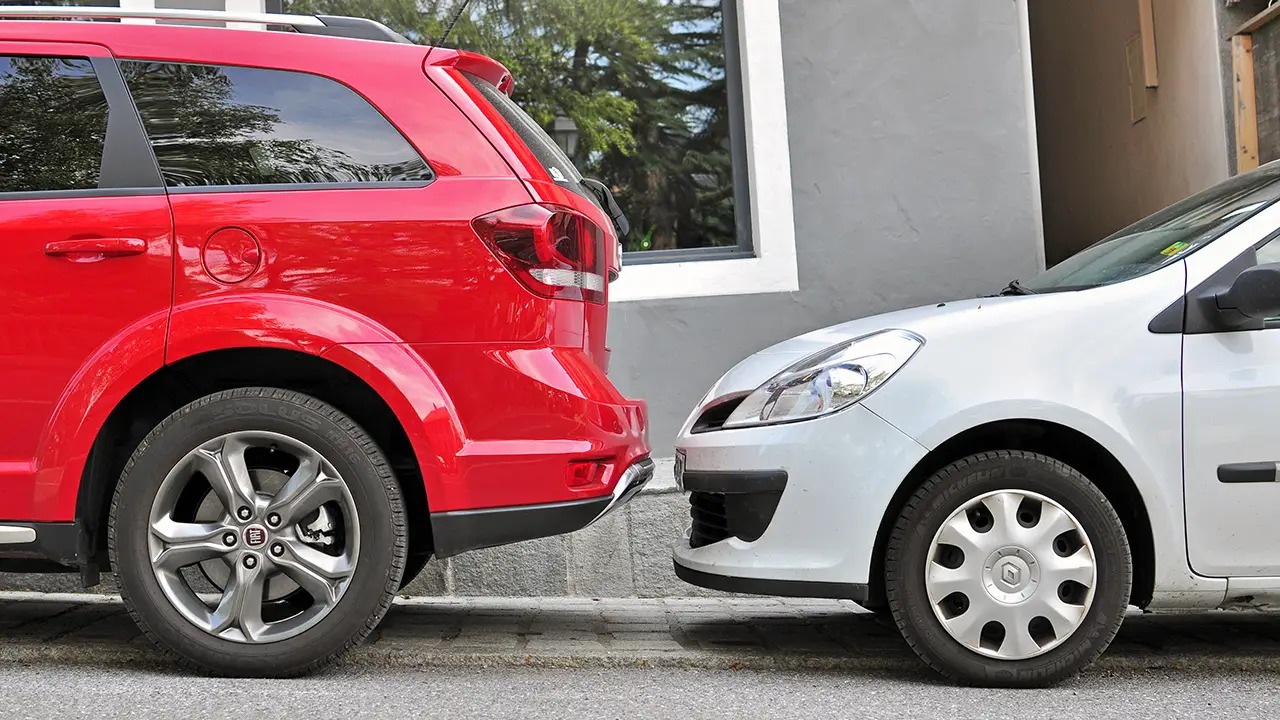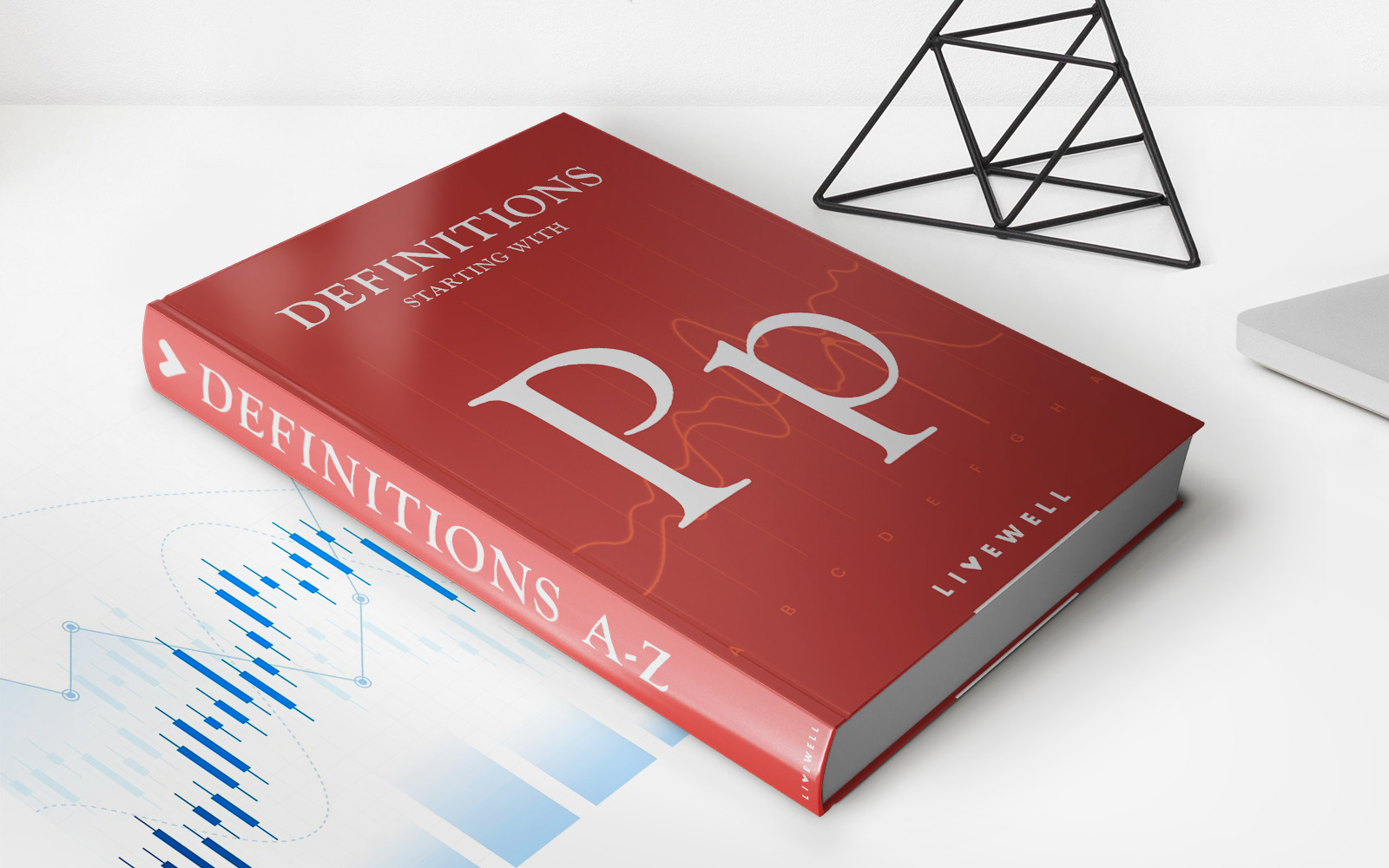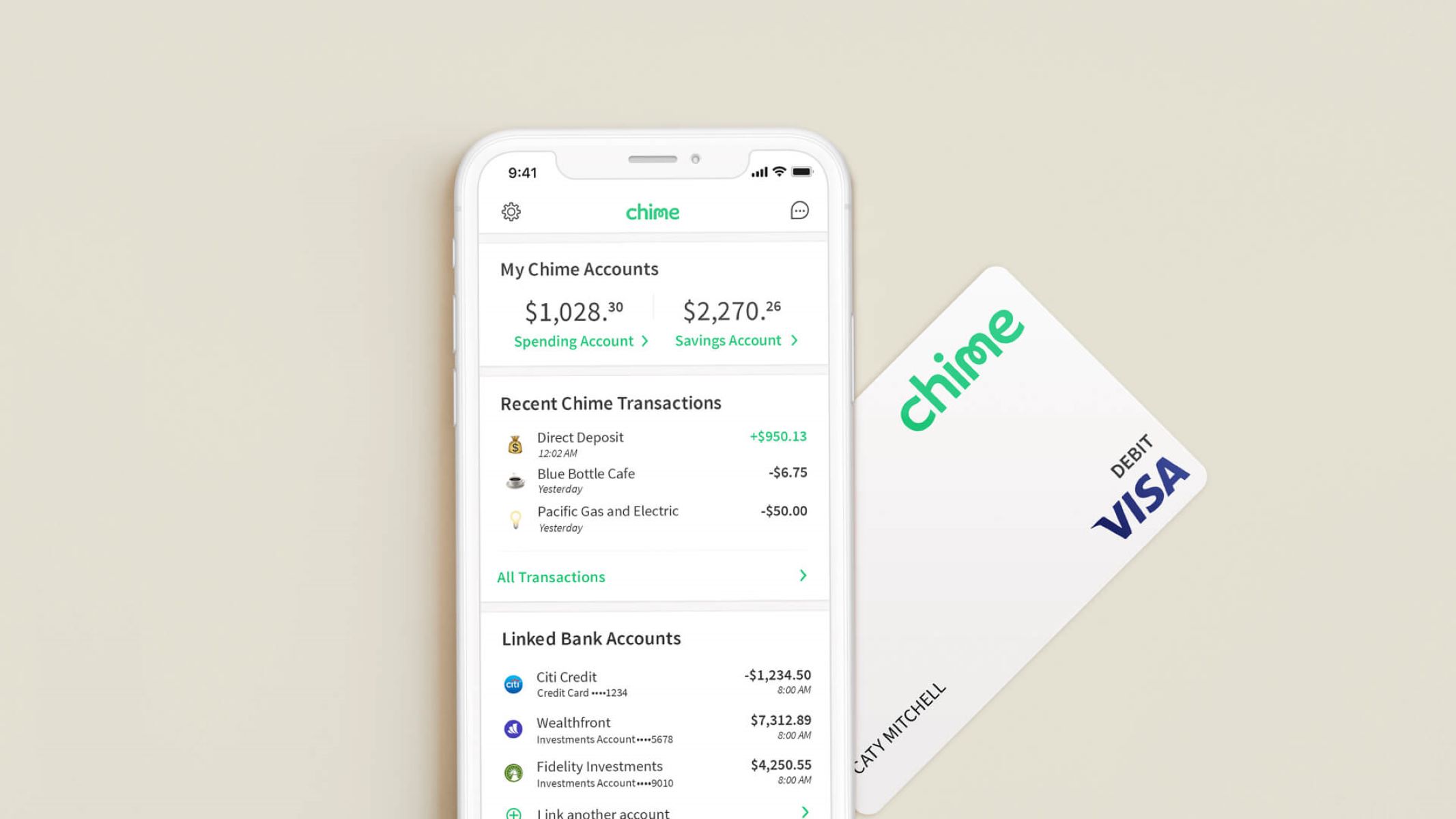

Finance
How To Add A Car To Insurance
Modified: February 21, 2024
Learn how to add a car to your insurance coverage and ensure your finances are protected. Find out the steps to include a new vehicle in your policy.
(Many of the links in this article redirect to a specific reviewed product. Your purchase of these products through affiliate links helps to generate commission for LiveWell, at no extra cost. Learn more)
Table of Contents
Introduction
Adding a car to your insurance policy is an important step when it comes to protecting your vehicle and ensuring financial coverage in case of accidents, theft, or other mishaps. Whether you’ve purchased a new car or are adding another vehicle to your existing policy, it’s crucial to follow the proper steps to ensure a smooth and hassle-free process.
In this article, we will guide you through the necessary steps to add a car to your insurance policy. By following these steps, you can ensure that your new vehicle is properly covered and that you have peace of mind on the road.
Remember, contacting your insurance provider as soon as possible is vital. Insurance coverage typically starts from the moment you notify your provider or from a future date you specify. Delaying this process can leave your vehicle vulnerable to risks without the necessary coverage.
So, let’s dive into the key steps you need to take to add a car to your insurance policy.
Step 1: Gather the necessary information
Before contacting your insurance provider, it’s important to gather all the necessary information about the vehicle you want to add to your insurance policy. This will ensure a smooth and efficient process when communicating with your insurance company.
Here are the key pieces of information you should have on hand:
- VIN (Vehicle Identification Number): The VIN is a unique 17-character code that identifies your car. It can typically be found on the driver’s side dashboard or on the driver’s side door jamb. Make sure to note down this number as it is essential for insurance purposes.
- Year, make, and model: Provide accurate details about the year, make, and model of your vehicle. This information helps insurance companies assess the value and characteristics of your car.
- Mileage: The mileage of your car is another crucial piece of information. It helps insurers determine the usage and potential risks associated with your vehicle.
- Vehicle usage: Specify how you plan to use the vehicle, whether it’s for personal or business purposes. This information helps insurers tailor your coverage to suit your needs.
- Ownership details: Be prepared to provide information regarding the vehicle’s ownership, such as whether it’s owned outright, financed through a loan, or leased.
By having all this information ready, you’ll be able to provide accurate and detailed answers when discussing your insurance needs with your provider. This will help the insurer determine the appropriate coverage options and premiums for your new vehicle.
Step 2: Contact your insurance provider
Once you have gathered all the necessary information about your new vehicle, it’s time to reach out to your insurance provider. Contacting them as soon as possible is crucial to ensure that your car is properly protected from the start.
Start by finding the contact information for your insurance company. This information can usually be found on their website, in your insurance policy documents, or on your insurance card.
Give them a call or send them an email to let them know that you want to add a car to your existing policy or start a new policy for the new vehicle. Be prepared to provide your policy number or personal identification details to help the insurance company locate your account quickly.
During this initial contact, let them know that you have all the necessary information about the vehicle you want to add. This will help the insurance representative assist you more efficiently and provide you with accurate coverage options.
Communication is key at this stage, so make sure to ask any questions you may have about the process and what information they require from you. Being proactive and clear with your questions will help ensure a smooth and straightforward experience when adding your car to the insurance policy.
Remember, it’s essential to notify your insurance provider as soon as possible to avoid any gaps in coverage. Some insurance companies have strict timelines for adding new vehicles, so make sure to check any specific requirements they may have.
Step 3: Provide necessary details about the car
Once you have contacted your insurance provider, it’s time to provide them with the necessary details about your new vehicle. This information will help them assess the risk associated with insuring your car and determine the appropriate coverage options and premiums.
Here are the key details you will need to provide:
- Vehicle identification number (VIN): This unique 17-character code serves as the fingerprint of your car. It provides vital information about the vehicle’s make, model, year, and optional features. Make sure to accurately provide the VIN as it is essential for proper identification and determining the correct insurance rates.
- Year, make, and model: Provide accurate information about the year the vehicle was manufactured, its make (the brand), and the specific model. Insurance companies use this information to assess the value, safety features, and overall risk associated with your car.
- Mileage: Provide the current mileage of the vehicle. The mileage is a crucial factor that insurers use to gauge the level of usage and potential risks associated with your car.
- Vehicle usage: Specify how you plan to use the vehicle, whether it’s for personal use, commuting, business purposes, or other specific purposes. This information helps insurers tailor the coverage to suit your needs and accurately assess the level of risk involved.
- Additional features or modifications: If your vehicle has any additional features, such as anti-theft devices, upgraded safety features, or modifications, make sure to provide these details. Some insurance providers may offer discounts for certain safety features, so it’s essential to mention them.
Providing accurate and detailed information about your vehicle is crucial, as it ensures that your insurance policy accurately reflects the characteristics and risks associated with your car. This will help you receive suitable coverage and an appropriate premium rate.
Take the time to gather all the necessary details before providing them to your insurance provider. This will help ensure that the process goes smoothly, and any potential discrepancies or issues can be addressed promptly.
Step 4: Discuss coverage options and premiums
After providing the necessary details about your new vehicle, it’s time to discuss the coverage options and premiums with your insurance provider. This step is vital in ensuring that you have the right level of coverage to protect your car.
During this discussion, your insurance provider will assess the risk associated with insuring your vehicle and provide you with different coverage options. The coverage options may include:
- Liability coverage: This is typically required by law and covers damages or injuries caused to others in an accident for which you are at fault.
- Collision coverage: This covers the costs of repairing or replacing your vehicle in case of a collision, regardless of who is at fault.
- Comprehensive coverage: This covers damages to your vehicle that occur due to events other than collisions, such as theft, vandalism, natural disasters, or hitting an animal.
- Uninsured/underinsured motorist coverage: This coverage protects you if you are involved in an accident with a driver who has insufficient or no insurance coverage.
- Additional coverage options: Your insurance provider may also offer additional coverage options, such as roadside assistance, rental car reimbursement, or gap insurance, which covers the difference between the amount you owe on your car loan and its actual cash value in case of a total loss.
Discuss your specific needs and concerns with your insurance provider so they can recommend the most suitable coverage options for your new vehicle. They will also provide you with the corresponding premiums for each coverage option.
During this conversation, take the time to understand the limits, deductibles, and any exclusions or conditions associated with each coverage option. It’s essential to choose coverage that adequately protects your vehicle and suits your budget and risk tolerance.
Don’t be afraid to ask questions or seek clarification on any aspect of the coverage options or premiums. It’s important to have a clear understanding of what you are getting and how much it will cost you.
Once you have discussed and agreed upon the coverage options and premiums, you can move on to the next step of completing the necessary paperwork.
Step 5: Complete the required paperwork
After finalizing the coverage options and premiums with your insurance provider, it’s time to complete the necessary paperwork to officially add your new car to your insurance policy. This step ensures that all the details and agreements are properly documented.
Your insurance provider will provide you with the required paperwork, which may include:
- Insurance application form: This form gathers essential details about you, your vehicle, and your coverage preferences. Fill out the form accurately and completely, providing all the required information.
- Vehicle registration documents: Your insurance provider may require a copy of your vehicle’s registration documents to verify its ownership and legality.
- Proof of purchase or lease agreement: If your vehicle is new or recently leased, your insurance provider may ask for proof of purchase or a copy of the lease agreement to verify its value and ownership.
- Proof of VIN verification: Some insurance companies may require verification of the VIN through an inspection or documentation from an authorized service provider.
Make sure to carefully review all the paperwork and double-check that all the information is accurate and matches the details you provided earlier. Any discrepancies or errors could affect your coverage or claims process in the future.
If you have any questions or concerns about the paperwork, don’t hesitate to reach out to your insurance provider for clarification. It’s better to address any issues at this stage rather than discovering them later when you need to file a claim.
Once you have completed and signed all the necessary paperwork, submit it to your insurance provider through the method they specify (e.g., email, fax, mail, or online portal). Keep copies of all the documents for your records.
After receiving your completed paperwork, your insurance provider will make the necessary updates to your policy, officially adding your new car to the coverage.
With the paperwork completed, you are one step closer to having your new car fully insured. The final step is to make any necessary payments to activate the coverage.
Step 6: Make necessary payments
The final step in adding a car to your insurance policy is to make the necessary payments to activate the coverage for your new vehicle. The insurance premiums for your new car will depend on the coverage options you have selected, the vehicle’s value, and other factors considered by your insurance provider.
Your insurance provider will inform you of the payment details, including the due date and acceptable payment methods. Common payment options include:
- Single lump-sum payment: You may have the option to pay the entire annual premium upfront in one payment.
- Monthly installments: Some insurance companies offer the convenience of spreading out your premium payments over monthly installments. Keep in mind that there may be additional fees or interest associated with this option.
It’s important to review your insurance provider’s payment options and choose the one that best suits your budget and preferences. Timely payment is crucial to ensure that your coverage remains active and without any lapses.
Make sure to meet the payment deadline to avoid any penalties or suspension of coverage. Set reminders or consider setting up automatic payments if available, to ensure you never miss a payment.
Once your payment is processed and received by your insurance provider, the coverage for your new car will be active. You will receive confirmation of your payment and updated insurance documents reflecting the inclusion of your new vehicle.
Keep these documents in a safe place along with your other insurance records for easy access and reference. It’s a good idea to keep a digital copy as well, in case the physical documents are lost or damaged.
Remember that it is important to review your insurance policy regularly, especially when there are changes to your vehicle, lifestyle, or insurance needs. Reevaluate your coverage annually or whenever significant life events occur to ensure you have adequate protection for your car.
Congratulations! You have successfully added your new car to your insurance policy, which means you can hit the road with confidence knowing that your vehicle is properly protected.
Conclusion
Adding a car to your insurance policy is a necessary step to protect your vehicle and ensure financial coverage in case of unexpected events. By following the steps outlined in this article, you can navigate through the process with ease and confidence.
Start by gathering all the necessary information about your new vehicle, including the VIN, year, make, model, and mileage. Contact your insurance provider promptly to notify them of your intention to add the car to your policy. Provide accurate details about the vehicle and discuss coverage options and premiums that suit your needs.
Complete the required paperwork accurately and review it carefully before submitting it to your insurance provider. Make any necessary payments promptly to activate the coverage for your new vehicle.
Remember to review your insurance policy regularly and make adjustments as needed to ensure that you have the appropriate coverage for your car.
Adding a car to your insurance policy not only provides you with financial protection but also gives you peace of mind while you enjoy your new vehicle on the road. By following these steps, you can ensure that your car is properly covered and that you have the necessary support in the event of an accident or other mishap.
As always, if you have any questions or concerns about adding a car to your insurance policy, don’t hesitate to reach out to your insurance provider for assistance. They are there to help you navigate the process and ensure that you have the right coverage for your needs.














